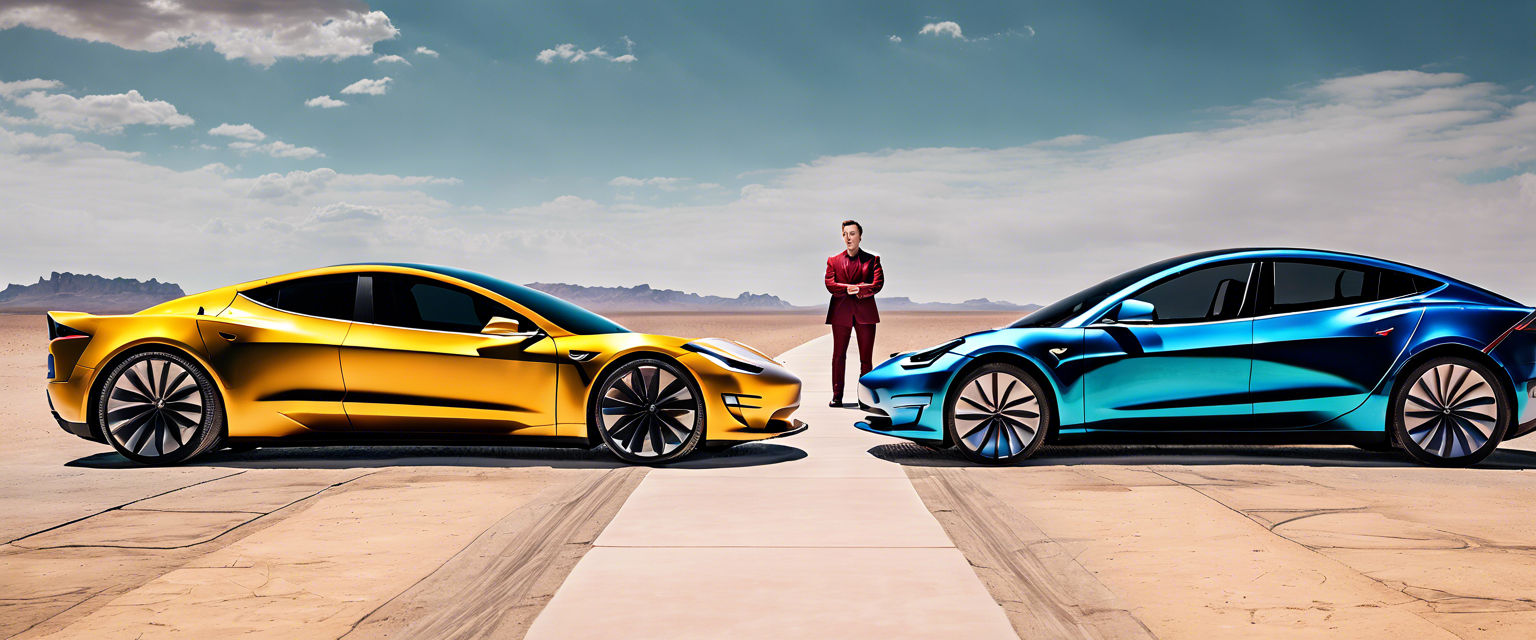The Growing Concern Over Driver Attention in Partially Automated Vehicles
With the rise of cars equipped with partial automation, safety researchers are increasingly alarmed by issues surrounding driver attention and the potential for accidents. A notable new survey suggests a possible solution to the problem of wandering attention while using advanced driver-assist systems (ADAS): allowing drivers to adjust the steering while keeping the automation engaged.
Insights from the IIHS Survey
The Insurance Institute for Highway Safety (IIHS) conducted a recent study highlighting that drivers are more likely to remain alert while employing ADAS when they are allowed to make steering corrections without disengaging the automation. According to IIHS president David Harkey, "These results suggest that small differences in system design can nudge drivers toward safer habits."
Understanding the Confusion: ADAS vs Fully Automated Driving
Many individuals struggle to differentiate between ADAS and fully automated driving systems. When vehicles are controlling vital functions like acceleration, braking, lane centering, and even automatic lane changes while monitoring blind spots, it becomes easy for drivers to perceive this as self-driving technology. This confusion can lead to an overreliance on these systems to perform driving tasks.
The Risks of Overreliance on Automated Systems
Compelling evidence suggests that various driver-assist systems, regardless of the manufacturer, tend to be less safe than conventional human driving. Drivers often develop an overreliance on these systems, even after brief usage. When asked to regain control of their vehicles, many exhibit slower reaction times than considered safe. Moreover, incidents of distracted driving spike when utilizing ADAS, as many turn to their phones with their hands off the wheel.
Key Findings from the IIHS Online Survey
In this comprehensive study, IIHS researchers surveyed 1,260 owners of Ford, General Motors, Nissan / Infiniti, and Tesla vehicles equipped with partial automation. The survey assessed how different systems handle driver attentiveness. For example, systems like Ford’s BlueCruise and Nissan / Infiniti’s ProPilot Assist allow steering input while remaining in operation, which is defined as "shared control." Conversely, GM’s Super Cruise and Tesla’s Autopilot deactivate lane centering when drivers provide steering input.
Shared Control Promotes Driver Engagement
The survey revealed intriguing results: drivers whose vehicles support shared control were 40-48 percent less likely to admit they would keep their hands off the wheel in situations that generally induce anxiety among drivers. Alexandra Mueller, a study author, noted, "These findings suggest that cooperative steering may have an implicit influence on how willing drivers are to take action when the situation calls for it, regardless of how they think their system is designed."
The Role of Safety Advocates and Regulatory Bodies
As more vehicles with partial automation infiltrate the market, safety advocates urge that federal oversight is essential to address the hazardous effects of this technology. Some evidence indicates that regulators are beginning to take a greater interest in these issues.
Ongoing Investigations by the NHTSA
In 2021, the National Highway Traffic Safety Administration (NHTSA) issued a standing general order mandating automakers to report crashes involving autonomous vehicles and Level 2 driver-assist systems, commonly found in millions of automobiles currently on the road. Companies must document accidents within 30 seconds of impact, particularly when ADAS was activated. Notably, Tesla’s Autopilot and Full Self-Driving systems, along with Ford’s BlueCruise, are currently under investigation.
Conclusion: The Path Forward for Enhanced Vehicle Safety
The results of the IIHS survey point towards a potential path for improving driver engagement and safety in partially automated vehicles, emphasizing the need for manufacturers to consider design elements that promote attentive driving. As technology continues to evolve, it remains imperative for both developers and regulatory bodies to prioritize safety to prevent a rise in accidents linked to driver inattention.



اترك تعليقًا
تخضع جميع التعليقات للإشراف قبل نشرها.
This site is protected by hCaptcha and the hCaptcha Privacy Policy and Terms of Service apply.